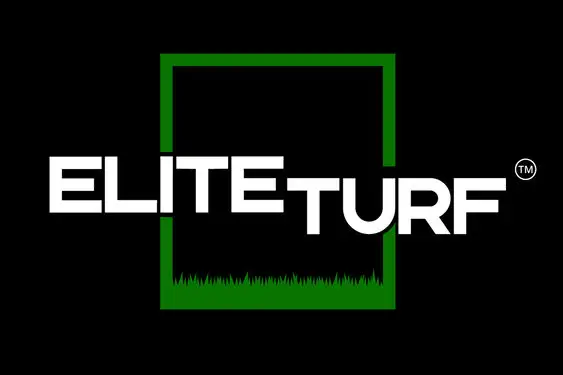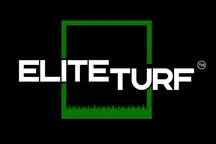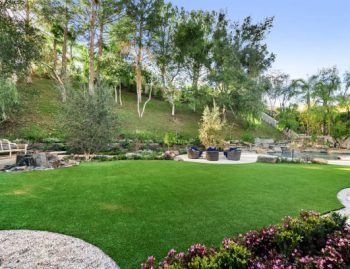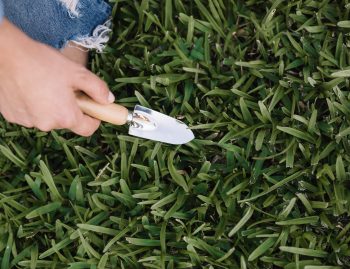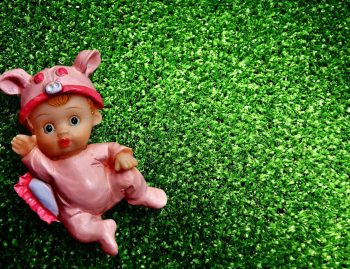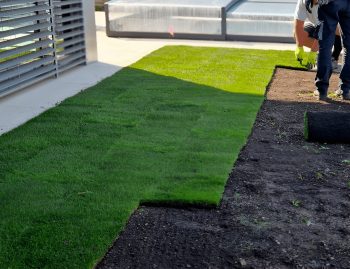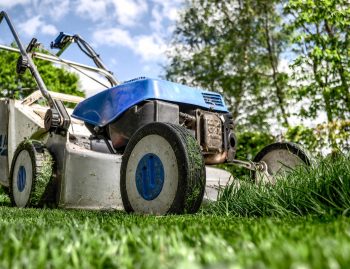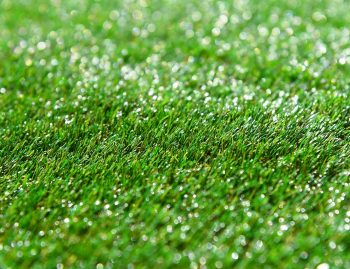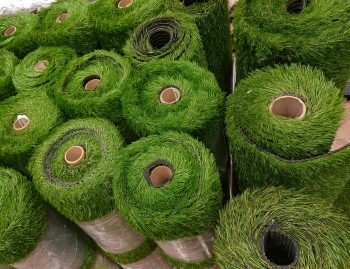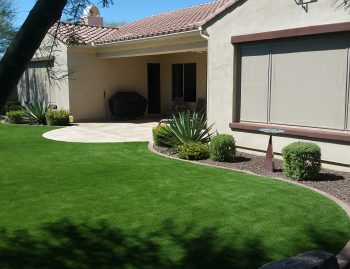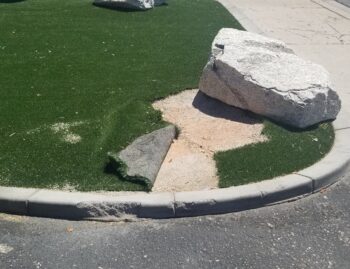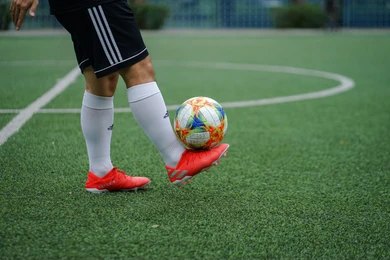
Artificial turf has transformed the sports world by providing a long-lasting and easy-to-maintain option compared to natural grass fields. Its uniform playing surface and durability have made it a favored choice for various sports, including soccer and baseball. As artificial turf becomes more popular, one question arises: can you wear cleats on artificial turf?
Choosing the right footwear is essential not just for peak performance but also for safety. Wearing inappropriate cleats on turf can result in decreased agility or even injury. This article will help you understand artificial turf better, explore different types of cleats suitable for these surfaces, and highlight the best options based on your sport.
When selecting the right cleats, it’s crucial to consider the kind of artificial turf you’ll be playing on. Some surfaces are better suited for specific types of cleats. For example, if you’re playing on a more rigid surface like Afghan Pine, you’ll require cleats that offer superior grip and support.
Furthermore, it’s important to note that certain modifications can make some cleats compatible with artificial turf. For instance, adjustable cast brass spot light lamps may enhance visibility on your playing field during evening matches, while pivot hardscape retaining wall lights could improve lighting conditions in darker areas.
This comprehensive guide aims to provide you with the knowledge necessary to make informed choices about your athletic footwear on artificial fields while also highlighting how other factors such as proper lighting can impact your game experience.
Understanding Artificial Turf
Artificial turf, often referred to as artificial grass, is a surface made of synthetic fibers designed to mimic the appearance and feel of natural grass. This modern innovation is structured with several layers, including a backing material, synthetic blades, and infill materials such as sand or rubber granules. These components work together to provide a resilient and visually appealing surface.
Benefits of Artificial Turf in Sports
The benefits of turf in sports are numerous:
- Durability: Artificial grass, like the Glacier Blend Pro, is engineered to withstand heavy foot traffic and various weather conditions, making it an ideal choice for high-use areas.
- Low Maintenance: Unlike natural grass, artificial turf requires no mowing, watering, or fertilization. This results in significant savings on time and resources.
- Consistent Playing Surface: Players enjoy a uniform playing field without the worry of muddy patches or uneven ground.
Comparing Artificial Turf with Natural Grass
Comparing artificial turf with natural grass fields reveals distinct differences:
- Natural grass offers an authentic aesthetic and eco-friendly benefits like oxygen production but demands ongoing care and maintenance.
- Artificial turf provides a practical alternative for venues that prioritize durability and ease of upkeep.
Customization Options for Artificial Turf
Additionally, artificial turf can be customized for various uses beyond sports:
- Custom putting greens can be designed for golf enthusiasts looking to enhance their backyard experience.
- It can also be used in landscaping with options such as ground covers.
- Artificial turf can be integrated with outdoor features like fire pits using our gas line products for a seamless outdoor entertaining experience.
The choice between the two often depends on specific needs such as budget constraints, climate considerations, and the desired level of maintenance.
Types of Cleats for Turf
1. Soccer Cleats
When playing soccer on artificial turf, selecting the right cleats is crucial for both safety and performance. Unlike natural grass, artificial surfaces require footwear that provides proper grip without damaging the field or compromising player stability.
Features that Make Soccer Cleats Suitable for Artificial Turf:
- Stud Configuration: Soccer cleats designed for artificial turf often feature shorter, more numerous studs. This design increases traction and reduces the risk of injury by preventing excessive penetration into the surface, which can lead to joint stress.
- Sole Material: The soles are typically made from rubber or a combination of synthetic materials that offer flexibility and resilience. This ensures comfort during high-impact activities like sudden stops and quick directional changes.
- Weight and Fit: Lightweight construction is essential for agility and speed on the field. A snug fit prevents slippage inside the shoe, enhancing control over movements.
Recommended Brands and Models for Optimal Performance:
To maximize your play on artificial turf, consider these popular choices:
- Adidas Copa Mundial Team: Known for its classic design and durability, this model combines leather uppers with a rubber sole specifically crafted for turf surfaces.
- Nike Tiempo Legend 9 Academy TF: This option offers a blend of comfort and precision. With its textured upper, it enhances ball control while maintaining excellent traction on artificial grass.
- Puma King Allround TT: Featuring a traditional look with modern enhancements, these cleats are known for their superior fit and grip. Their multi-studded outsole provides stability across varying turf conditions.
Choosing the best soccer cleats for turf involves understanding how different features cater to your playing style. Investing in quality footwear not only boosts your game but also ensures longevity on synthetic fields.
2. Football Cleats
Football cleats are quite different from soccer cleats, especially in how they’re designed and what they’re meant to do. Football cleats are usually heavier and provide more support around the ankle to help with the quick movements, sudden stops, and fast changes in direction that are common in football. On the other hand, soccer cleats are designed to be lightweight for quickness and have features that enhance ball control.
Can soccer cleats be used in football games on turf? While some players might consider using soccer cleats for turf football due to their lighter weight, it’s essential to recognize that they lack the necessary ankle support and stability features specific to football. This could lead to discomfort or even injury during a football game.
When choosing turf football cleats, look for models specifically designed for artificial surfaces. Brands like Nike, Adidas, and Under Armour offer reliable options that balance grip with comfort. It’s crucial to select footwear suited to the specific demands of the sport you’re playing on artificial grass fields.
3. Baseball Cleats
Choosing the right cleats becomes crucial for young athletes playing baseball on artificial surfaces. Youth baseball turf cleats provide the necessary grip and stability, allowing children to perform at their best while minimizing the risk of injuries.
When it comes to recommended options, several brands stand out for their quality and performance:
- New Balance 3000v4 Turf: Known for its comfort and durability, this model offers excellent traction on artificial turf.
- Nike Alpha Huarache Elite 2 Turf: Designed with a focus on lightweight flexibility, these cleats are perfect for quick movements and agility.
- Adidas Icon V Turf: Featuring a breathable mesh upper, this option ensures your child’s feet stay cool during intense games.
Each model is designed to cater to different aspects of the game, ensuring that young players have the right tools to succeed. Investing in suitable youth baseball turf cleats not only enhances performance but also contributes to safer play on artificial fields.
4. General Turf Cleats
Specialized turf cleats are crafted specifically for artificial surfaces, offering unique features that cater to the demands of such environments. Whether you’re considering turf soccer cleats, turf football cleats, or youth baseball turf cleats, these shoes often feature a rubber outsole with numerous small studs. This design provides optimal grip and stability on artificial grass, reducing the risk of slipping without damaging the turf.
Pros of Using General Turf Cleats:
- Enhanced Traction: Their specialized outsole ensures excellent traction, crucial for quick movements and direction changes.
- Versatility: Suitable for various sports played on artificial surfaces, making them a versatile choice.
- Reduced Wear on Turf: Unlike traditional cleats, they minimize wear and tear on synthetic grass.
Cons of Using General Turf Cleats:
- Limited Use on Natural Grass: They may not provide adequate grip on wet or muddy natural fields.
- Specificity to Surface Type: Best performance is limited to artificial turf, potentially less effective elsewhere.
When selecting soccer artificial turf shoes or searching for the best soccer cleats for turf, it’s essential to consider these factors. Brands like Nike, Adidas, and Puma offer models specifically designed for these conditions.
Additionally, if you’re looking to enhance your outdoor space with some stylish and functional elements, consider exploring options like solar deck post cap lights from Elite Turf. These solar-powered lights not only add aesthetic appeal but also provide safety by illuminating your pathways.
Moreover, if you’re interested in transforming your yard into a year-round haven, Elite Turf offers landscape turf services. Whether you desire a lush green space or a personal putting green, their team of professionals can help bring your vision to life.
Lastly, for those who enjoy outdoor cooking and entertaining, Elite Turf also specializes in building outdoor kitchens that blend durability with style.
Can You Wear Cleats on Artificial Turf?
When it comes to wearing cleats on artificial grass, not all footwear is created equal. Different types of cleats offer varying levels of compatibility with artificial surfaces. Let’s explore this further:
1. Soccer Cleats
Often designed with shorter studs, these can provide good traction on artificial turf. Their rubber or plastic studs are less likely to damage the turf fibers, making them a popular choice for soccer players.
2. Football Cleats
These typically have longer studs, which might not be as suitable for artificial turf. Longer studs can risk tearing or damaging the turf surface and potentially causing injury due to uneven traction.
3. Baseball Cleats
Designed for dirt and grass fields, these cleats may not perform optimally on synthetic surfaces. The specific stud patterns in baseball cleats might not offer the necessary grip on turf.
While wearing cleats on artificial grass can enhance performance, inappropriate footwear poses risks. Using cleats with excessively long or sharp studs could damage the turf, leading to costly repairs. Additionally, poor traction from unsuitable footwear increases the risk of slipping and injuries.
Choosing the right type of cleat is crucial for both player safety and maintaining the integrity of artificial fields. Consider your sport’s unique demands to make an informed decision about your footwear.
Choosing the Right Cleat Type for Different Sports Played on Artificial Grass Fields
Selecting the right cleats for artificial turf involves understanding the specific requirements of each sport, ensuring both performance and safety. Soccer and football have different dynamics that demand distinct footwear features.
Soccer vs. Football Footwear Requirements
For Soccer Players:
- Agility and Speed: Soccer cleats are designed to enhance agility and speed, allowing players to maneuver quickly on the field.
- Lightweight Design: These cleats are typically lightweight with a low-profile design, enabling players to move freely without any added weight.
- Traction for Quick Cuts: The studs on soccer cleats are often shorter and made of rubber or plastic, providing excellent traction for making quick cuts and sprints on artificial grass.
- Minimized Turf Damage: The choice of materials used in soccer cleats minimizes damage to the turf while ensuring stability during gameplay.
For Football Players:
- Support for Lateral Movements: Football requires more support due to frequent lateral movements, sudden stops, and starts.
- Heavier Construction: Football cleats are generally heavier with a high-top design to provide ankle support during aggressive plays.
- Position-Specific Grip: The stud configuration varies based on the player’s position, offering enhanced grip tailored to their specific role on the team.
Each sport’s playing style dictates the type of cleat required. Soccer cleats focus on maneuverability and comfort, while football cleats emphasize protection and grip. Selecting the appropriate footwear not only enhances your game but also protects the artificial turf surface from unnecessary wear and tear. By understanding these nuances, athletes can ensure they make an informed choice, optimizing their performance while preserving the field’s integrity.
Artificial grass fields are becoming increasingly popular due to their durability and low maintenance needs, making them the perfect choice for various sports. For a deeper understanding of why artificial grass is an ideal choice for your landscape, consider exploring this comprehensive guide.
Maintenance Tips for Both Turf Surfaces and Footwear Used on Them
Artificial turf surfaces and the cleats you use on them are investments that can provide long-lasting performance with proper maintenance. Here are some essential tips to keep both in top condition:
Maintaining Your Artificial Turf
- Regular Cleaning: Remove debris like leaves, dirt, and twigs to prevent buildup. A simple leaf blower or a rake designed for synthetic turf will suffice.
- Brushing: Frequently brush the turf to keep the fibers upright. This not only enhances its appearance but also ensures even wear over time.
- Infill Check: Periodically check the infill levels, as they may shift due to play. Redistributing infill helps maintain cushioning and support for athletes.
- Stain Removal: Use a mild soap solution for any stains, applying it gently with a soft brush. Rinse thoroughly with water to prevent residue buildup.
- Pet Waste Management: If pets frequent the area, promptly clean up waste and rinse with a hose to avoid odor and bacteria buildup.
- Turf Installation Maintenance: If you’re considering installing new turf or maintaining existing ones, using high-quality install nails can provide the necessary support and reinforcement for your landscape turf applications.
Caring for Your Cleats
- Post-Game Cleaning: After each game or practice on artificial turf, remove any surface debris from your cleats using a soft brush or cloth.
- Drying: Allow your cleats to air dry naturally after cleaning. Avoid direct heat sources as they can warp materials.
- Inspection: Regularly inspect for wear and tear. Replace worn-out cleats to ensure safety and optimal performance.
- Storage: Store your cleats in a cool, dry place away from direct sunlight to preserve their shape and materials.
By following these turf maintenance tips, both your playing surface and footwear can offer consistent performance season after season. Adhering to these practices ensures that when you ask, “Can you wear cleats on artificial turf?” you’ll be stepping onto well-maintained ground ready for action.
Additionally, if you’re looking for ways to enhance your outdoor space around the turf, consider investing in some quality landscaping solutions. Elite Turf offers hassle-free backyard transformations with artistic solutions ranging from gardens to urban maintenance. For more information about their services, visit their home page.
Also, proper lighting is essential for any outdoor area. The LeonLite® Punto Spot Light is perfect for illuminating any area without harming passersby or pets, making it an ideal choice for wet locations due to its excellent water resistance and rugged aluminum housing.
Frequently Asked Questions (FAQs) About Wearing Cleats on Artificial Turf Fields
Can you wear cleats on artificial turf?
Yes, you can wear cleats on artificial turf. It’s important to select the right type of cleats that provide proper grip and stability on synthetic surfaces. Specialized turf cleats are often recommended as they are designed to enhance performance and reduce injury risks.
Are soccer cleats suitable for playing football on turf?
While soccer cleats can sometimes be used for football, they are not ideal due to design differences. Soccer cleats focus on agility and ball control, whereas football cleats offer additional support and protection for tackling and field stability. It’s best to choose sport-specific footwear.
What are the benefits of specialized turf cleats?
Specialized turf cleats feature shorter, rubber-studded soles that improve grip without damaging the surface. They help balance traction with comfort, making them a popular choice for many athletes competing on artificial fields.
Can you wear regular cleats on artificial turf?
Yes, but it’s recommended to use turf-specific cleats. Regular cleats with long studs can damage the turf and may not provide the best grip or stability.
What are turf cleats, and how are they different from regular cleats?
Turf cleats are designed specifically for artificial surfaces. They have smaller, more numerous studs for better traction and reduced wear on the turf compared to traditional cleats.
Are soccer cleats suitable for football games on artificial turf?
Soccer cleats can be used, but they lack the ankle support and stud configuration designed for football, making them less ideal for the sport.
Can baseball cleats be used on artificial turf?
Baseball cleats with metal spikes are unsuitable for turf. Turf-specific baseball cleats or rubber-soled shoes are better options for grip and safety.
Do cleats damage artificial turf?
Cleats with long, sharp studs can damage the turf’s fibers and backing. Using turf-friendly cleats helps preserve the surface.
What are the best cleats for playing soccer on artificial turf?
Turf soccer cleats like Adidas Copa Mundial Team, Nike Tiempo Legend 9 Academy TF, and Puma King Allround TT are excellent choices due to their short studs and durable soles.
Can turf cleats be used on natural grass?
Turf cleats are less effective on natural grass, especially wet or muddy fields, as their shorter studs don’t provide enough grip.
How do I maintain my cleats after playing on artificial turf?
Clean your cleats after every use by brushing off debris and rinsing with water if needed. Let them air dry away from direct heat to prevent material damage.
For any more questions or personalized advice, feel free to reach out!
